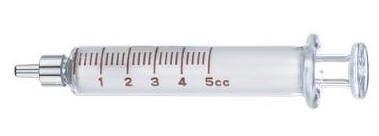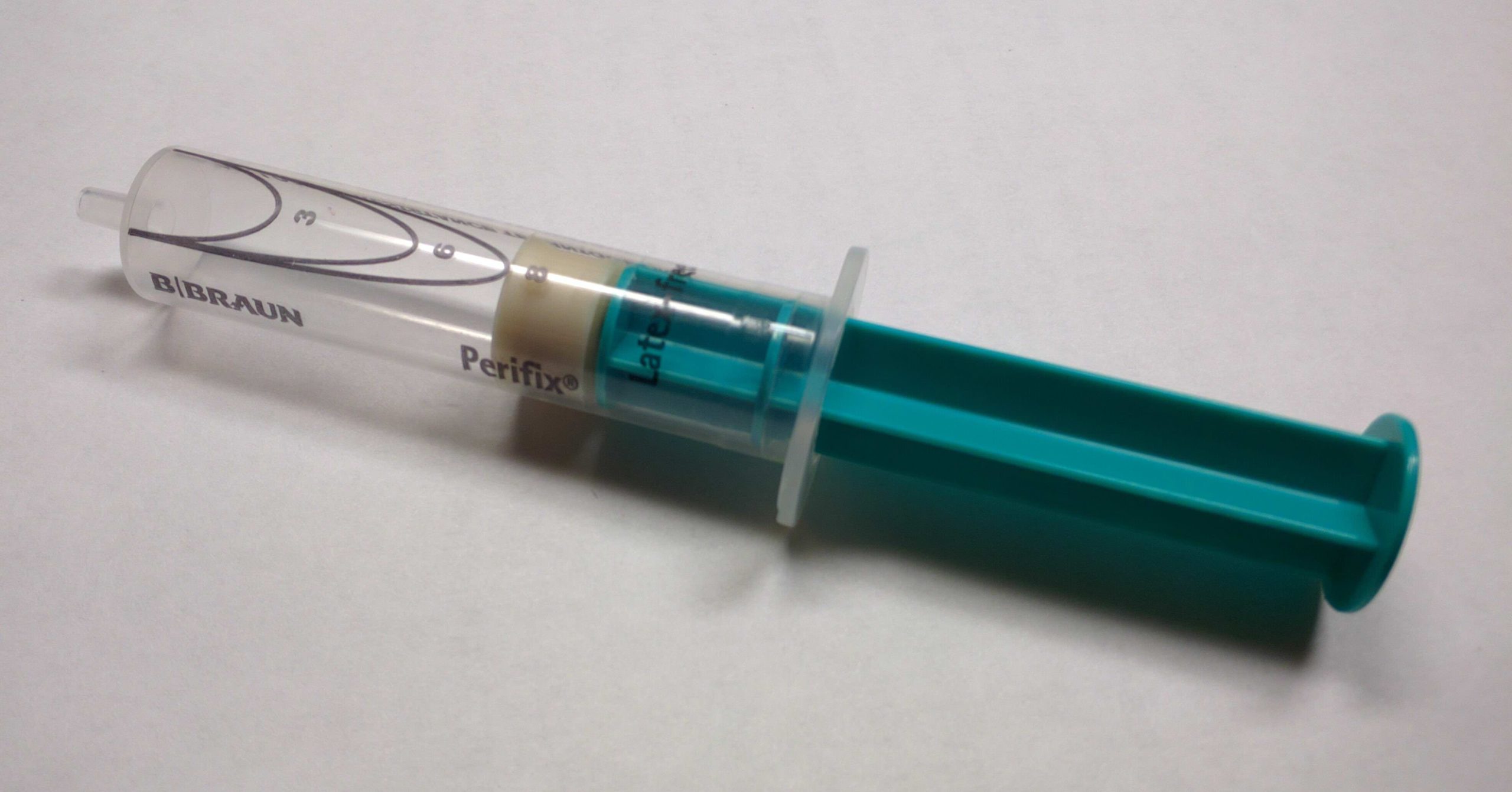Prior to my current rotation on the acute pain service, I had three months of obstetric anesthesia – the world of lumbar epidurals for labor analgesia and surgical anesthesia. I experimented with several epidural techniques but initially settled on intermittent pressure with a saline filled glass loss-of-resistance (LOR) syringe. This allowed me to quickly feel the loss of resistance and simultaneously open up the epidural space to, theoretically, promote the spread of anesthetic solution.

I started doing thoracic epidurals for abdominal surgeries this month and was introduced to the plastic LOR syringe for the first time. It’s wonderful! I’ve changed from my prior technique back to feeling for the loss of resistance to air with intermittent pressure with a plastic LOR syringe.
One problem I occasionally ran into with the glass syringe which traditionally comes in an epidural tray is that the plunger would “catch” in the syringe instead of always gliding freely. Yes, this is despite lubrication of both the plunger and the syringe.
With the plastic LOR syringe, I open it and attach it immediately to the epidural needle. No need to fill it with saline. No need to lubricate it. It’s smooth and reliable! Also, I can’t begin to count the number of times a brand new epidural TRAY had to be opened because the glass LOR syringe was contaminated or broke. Instead, these plastic LOR syringes come prepackaged individually. That’s gotta be a cheaper alternative to opening a new tray!
In the end, every institution has different kits and supplies. One should be comfortable with every technique. 🙂






